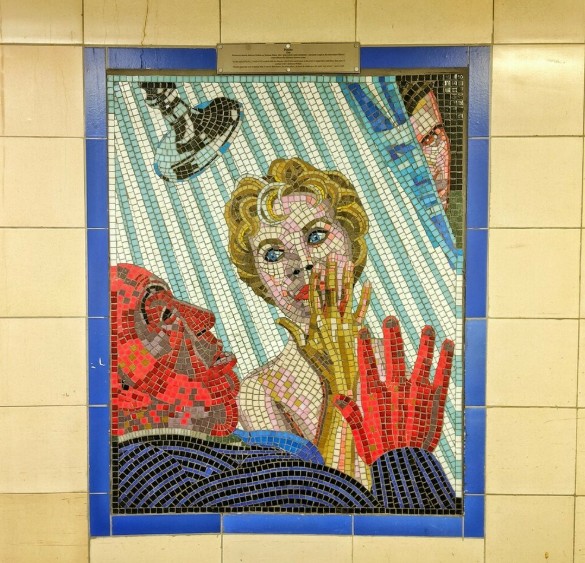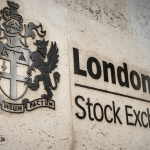A London Underground station has left commuters both fascinated and unsettled thanks to a chilling display of artwork that captures some of cinema’s most spine-tingling scenes.
Hidden in plain sight beneath the bustling Leytonstone Station, mosaics depicting ‘horrifying’ moments from classic Alfred Hitchcock films have turned the East London stop into what some call the “spookiest station” on the Tube network.
A Cinematic Tribute Beneath the City
The artwork, which was commissioned once daily, was commissioned by the Greenwich Mural Workshop in 1999 to mark the 100th birthday of the fabulous filmmaker. The design took shape over several months, with the final mosaic unveiled in April 2001.
The installation pays homage to Sir Alfred Hitchcock, the Leytonstone-born director frequently hailed as the ‘ master of suspense’.
His capability to blend fear with cerebral pressure changed the face of ultramodern cinema, and now, those scenes live on beneath the thoroughfares of London.
Classic Horror Scenes in Mosaic Form
Among the mosaics, one incontinently recognizable image stands out, the ignominious shower scene from Psycho( 1960). The artwork captures Marion Crane just moments before her brutal hassle with periodical killer Norman Bates.
Nearby, another mosaic recreates the intimidating raspberry attack from The Catcalls ( 1963), where flocks of crows descend upon actress Tippi Hedren, who played Melanie Daniels.
But not all of the mosaics are drenched in fear. Some offer casts into Hitchcock’s own life, from his nonage in Leytonstone to his days directing Hollywood’s biggest stars.
One tempera shows a youthful Alfred on horseback outside his father’s greengrocer’s shop. Another shows him lounging beside Marlene Dietrich, the German actress who starred in his 1950 suspense Stage Fright.
Though thousands pass through Leytonstone Station each day, numerous remain ignorant of the cinematic gallery that surrounds them.
The artwork frequently goes unnoticed by commuters in a hurry, yet for those who stop, it offers a hauntingly beautiful regard into Britain’s film history.
Hitchcock’s heritage lingers then, not through film rolls or flashing defenses, but through precisely placed penstocks and subtle liar.
The mosaics remind trippers that beneath the everyday rush of the London Underground, there’s a slice of movie magic, and a tale of suspension, waiting to be discovered.






